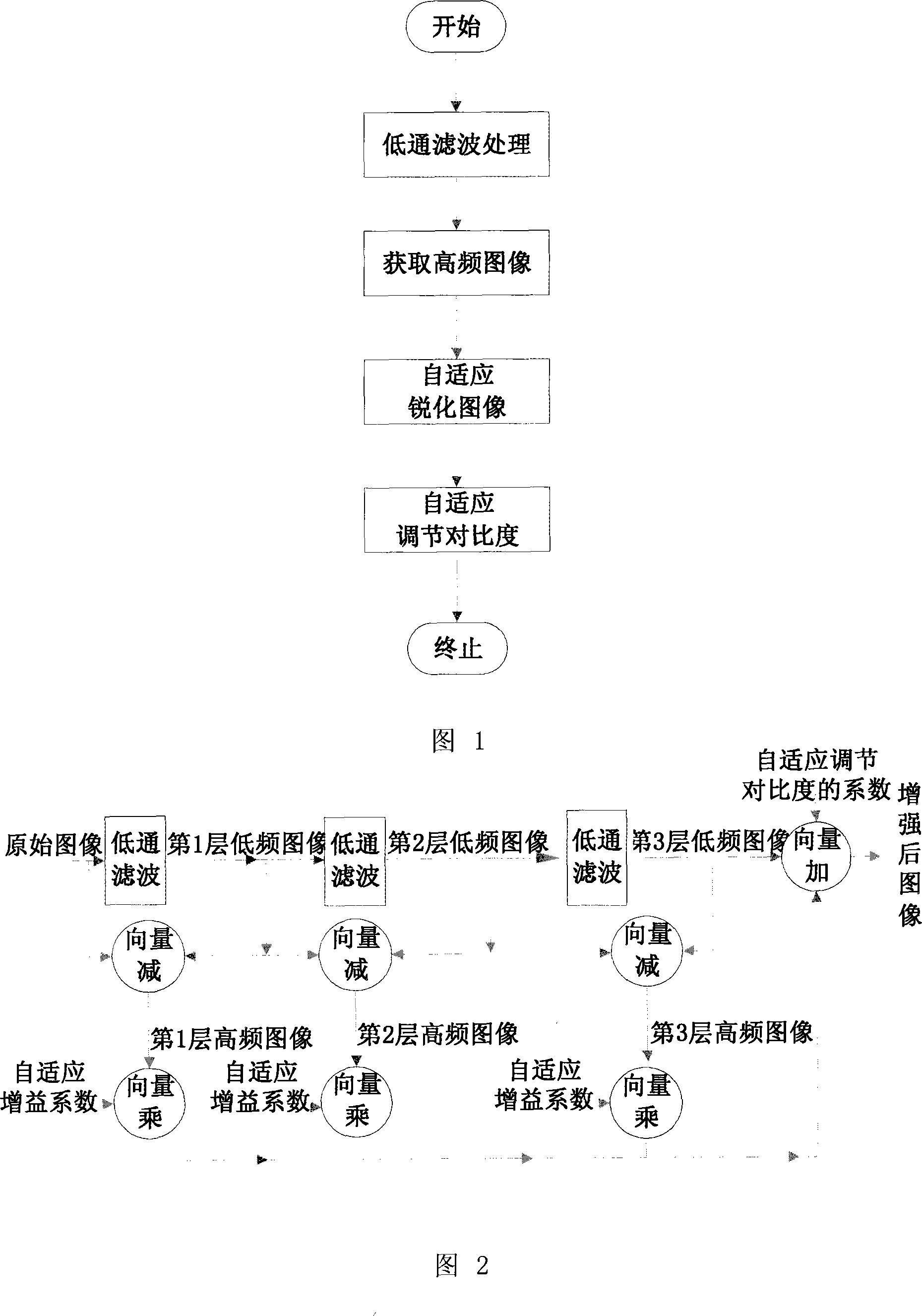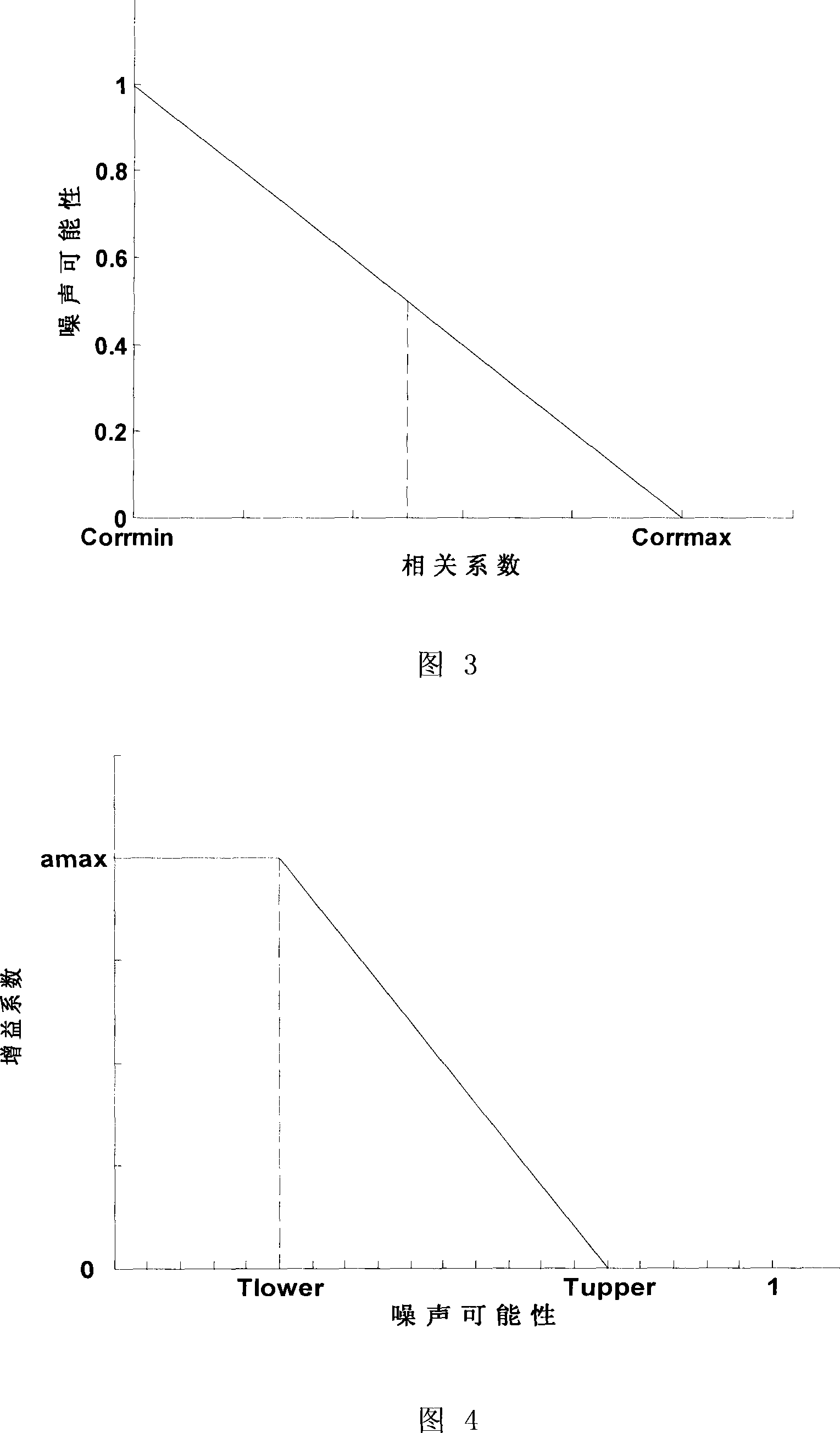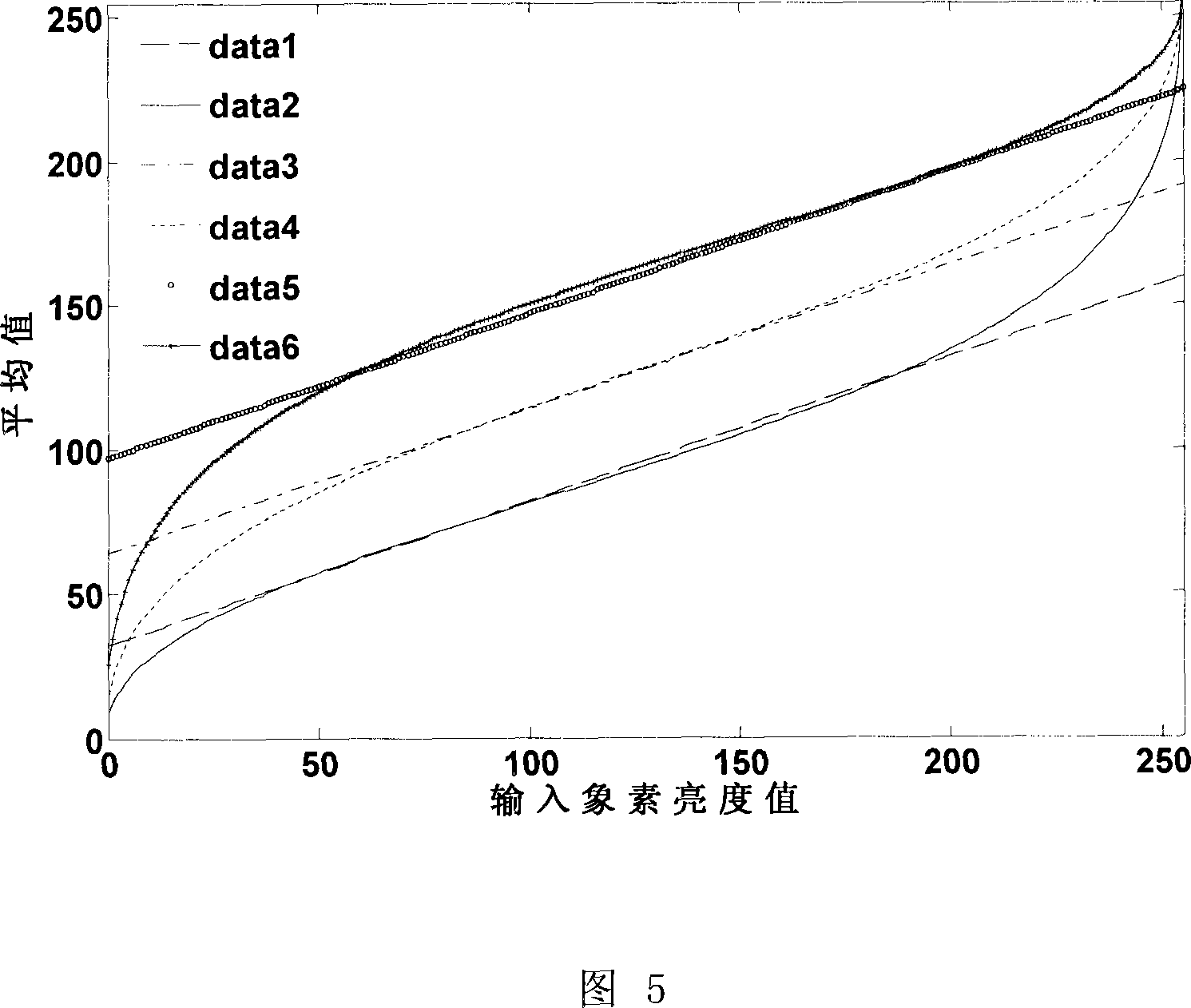Self-adapting image enhancement method based on related coefficient
A correlation coefficient, image enhancement technology, applied in image enhancement, image data processing, instruments, etc., can solve the problems of decreased contrast, indistinguishable details and noise, high personal experience requirements, etc., to achieve good effect of noise suppression and image enhancement. Effect
- Summary
- Abstract
- Description
- Claims
- Application Information
AI Technical Summary
Problems solved by technology
Method used
Image
Examples
Embodiment Construction
[0032] See Figure 1 for the implementation flow diagram of the adaptive image enhancement method. The image enhancement method is implemented based on the correlation coefficient algorithm and the optimal visual performance theory, including the following steps: firstly, the image is processed by low-pass filtering, and then the high-pass filter is obtained. frequency images. The high-frequency image is sequentially adaptively sharpened and the contrast adjusted to obtain an enhanced image. Wherein, referring to the detailed diagram of the implementation process of the method shown in Figure 2, when the original image is subjected to low-pass filtering processing, the first layer of low-frequency image A is obtained 1 , with the original image and A 1 Perform vector subtraction to obtain the first layer high-frequency image E 1 , similar to this, to get the second layer low-frequency, high-frequency image A 2 ,E 2 And layer 3 low frequency, high frequency image A 3 ,E 3 ...
PUM
 Login to View More
Login to View More Abstract
Description
Claims
Application Information
 Login to View More
Login to View More - R&D
- Intellectual Property
- Life Sciences
- Materials
- Tech Scout
- Unparalleled Data Quality
- Higher Quality Content
- 60% Fewer Hallucinations
Browse by: Latest US Patents, China's latest patents, Technical Efficacy Thesaurus, Application Domain, Technology Topic, Popular Technical Reports.
© 2025 PatSnap. All rights reserved.Legal|Privacy policy|Modern Slavery Act Transparency Statement|Sitemap|About US| Contact US: help@patsnap.com



